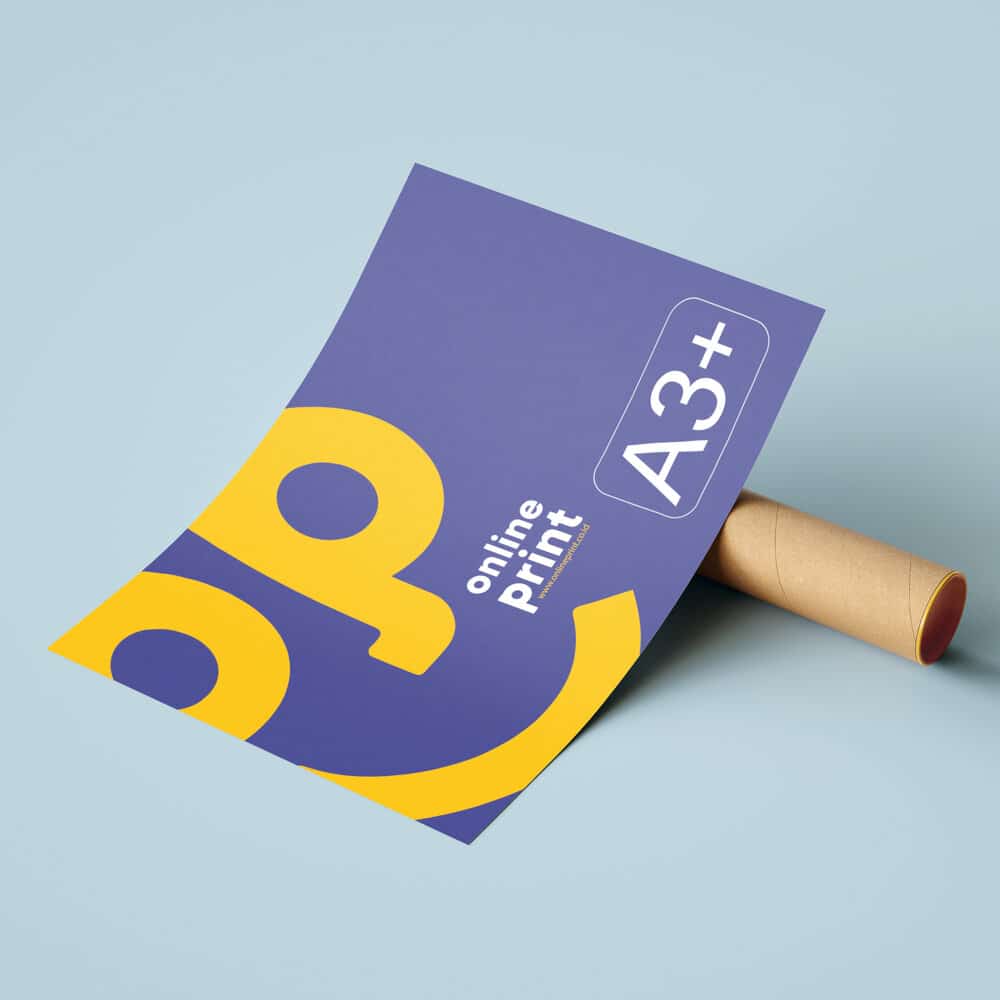

While it ultimately comes down to personal preference, as a very basic rule you’ll generally want to choose Photo Paper if you have a photograph and choose Art Paper if you have a digital art reproduction (painting, illustration, etc.). If both papers are a great choice, how do you choose which is best for your frame? Photo Paper Left: Photo Paper | Right: Art Paper Print QualityĪs we mentioned, no matter which paper you choose, you are sure to get a quality print (as long as your uploaded image is of a high enough resolution!)įor our technical customers, we print at up to 1200×1200 DPI and stay as true to your uploaded file as possible - we never resample or perform destructive edits to your image, and we maintain the exact profile and colorspace embedded within your file and never remove it or add our own.įor more on prints and printing in general, be sure to check out How to Format Photos for Online Framing and Matting. Art paper looks especially nice with a Non-Glare Acrylic Cover (no matting) to showcase textural detail. Made using refined, 100% cotton fiber (for our customers with specific technical requirements, both ISO 9706 and ANSI Z 39.48-1992 certified!) to discerning eyes its semi-smooth nature makes a subtle difference in your artwork. Unfortunately, OBAs can break down over time allowing what is commonly called “yellowing” to occur, so you never have to worry about discoloring over time.

These brighteners work by absorbing UV light and re-emitting it in the blue region. Our Art Paper also contains no optical brighteners (OBAs) which are often added to paper to make it appear “whiter” to the eye. It has the slightest warmth and a semi-smooth surface that will bring elegance and nuance to prints.Īrt Paper is best for artwork reproductions and/or digital graphics. Our Art Paper is a cotton, natural white paper that is matte - it has no gloss or luster to it.


 0 kommentar(er)
0 kommentar(er)
